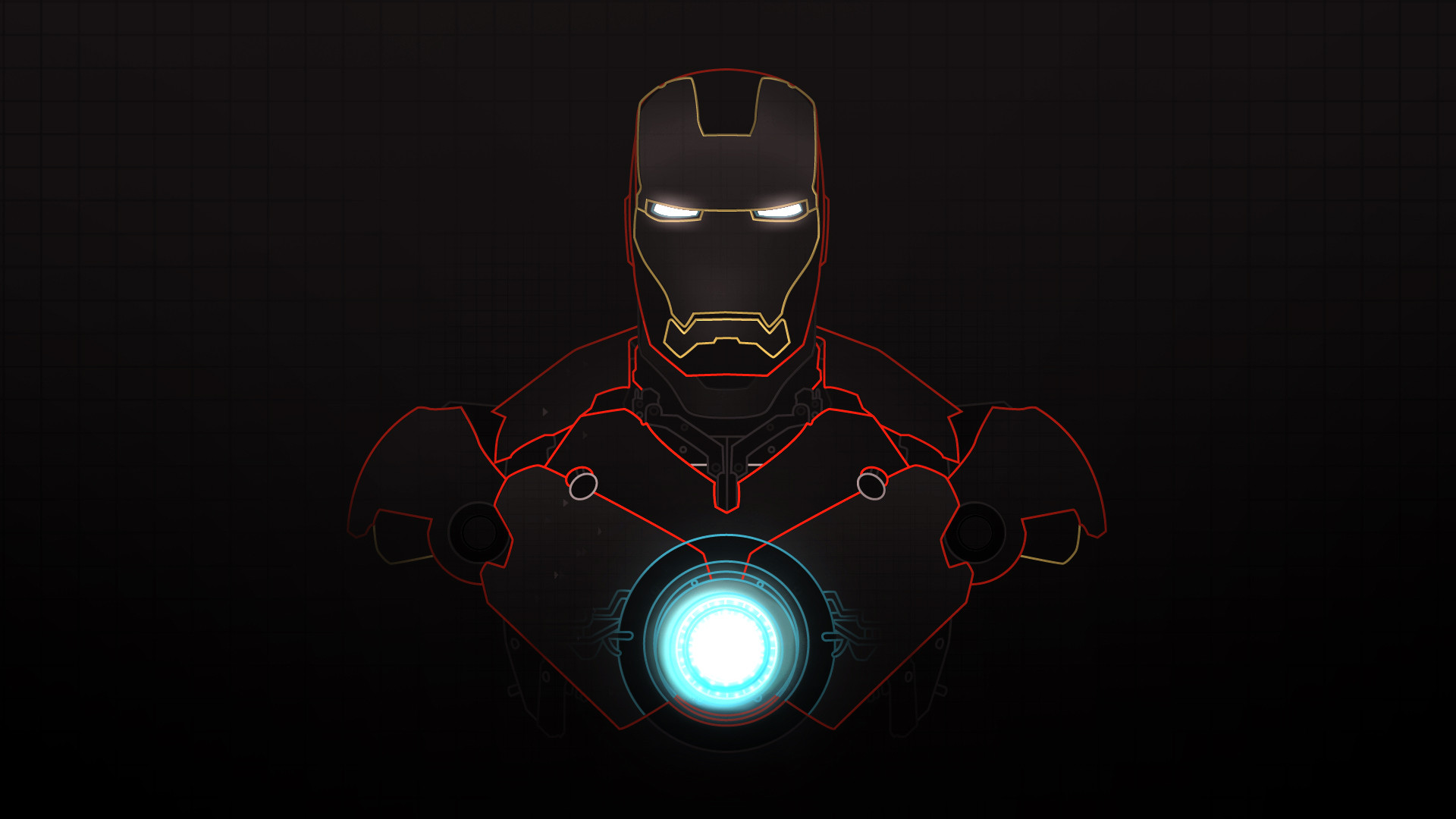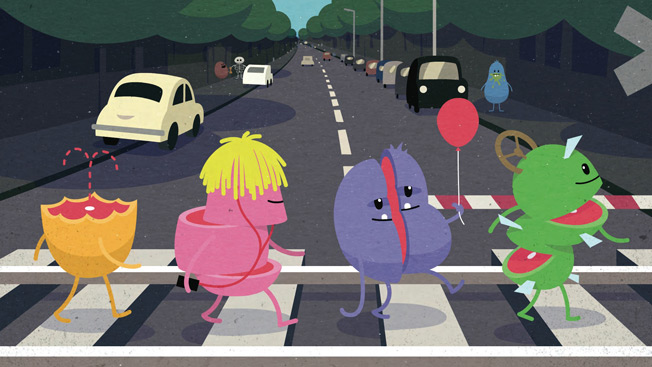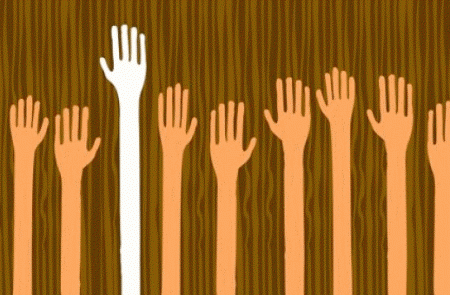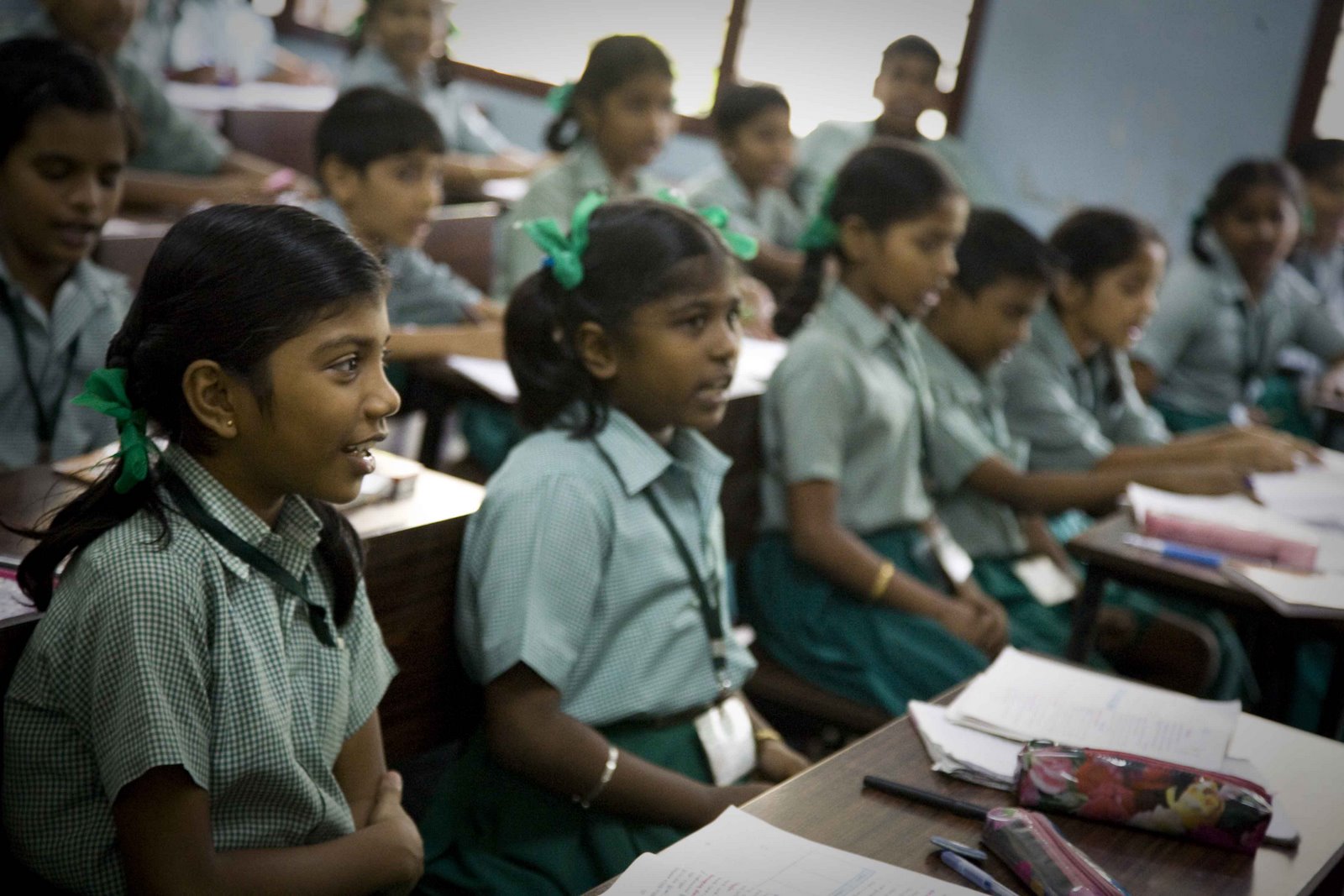Five things about the Chariot Festival – Ratha Yatra
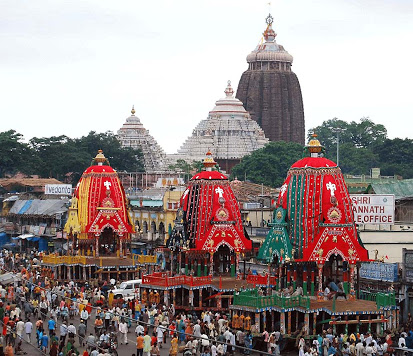
India is a land of festivals, colours and traditions. It is a land where beauty of nature is strewn from North to South, history roars loud from East to West. India is rich in its cultural heritage. There are a number of historical sites such as Bhimbetka Rock Shelters, Charminar, Konark Sun Temple, etc, have been declared as World Heritage Sites by the UNESCO. A land so vast, every state has its own tradition, every state hosts a totally different food habit and every state has its own festival to celebrate. Often, it happens that people from North India are unaware of the festivals of the Southern India. People staying in Rajasthan hardly know anything about the food habits of Assam. On one hand, we have the aromatic Kashmir and to the other hand we have the flavoursome Hyderabad. On one corner, we have the spicy Mumbai and to the other corner we have the sweet Kolkata. We celebrate Independence Day bound as one single family. There is one of part which celebrates Navratri in October, whereas the other part of India celebrates it as the Durga Puja.
We have just finished with the celebrations of Eid-ul-Fitar. It’s already time to welcome Lord Jagannath’s chariot. It is time for the Ratha Yatra, a festival that hails from the state of Odisha. People have been migrating from one state to another, one city to another in search of a better life. This internal migration has also played a role in passing on the traditions and promoting the festivals from one corner of India to another. Today, this chariot festival is celebrated all over India with the same enthusiasm and grandeur.
Here are the five things that one should know about this Chariot festival. Ratha Yatra is an annual chariot festival associated with the Lord Jagannath held at Puri, Odisha. It is celebrated on Ashad Shukla Dwitiya (second day in bright fortnight of Ashad month). This day Lord Jagannath along with his brother Lord Balabhadra and their sister Subhadra, head to visit their aunt. The chariot begins from the main Jagannath Temple gate to the Mausi Maa Temple. The stay is of nine days, away from the main Temple.

The three chariots of Balabhadra, Subhadra and Jagannath are newly constructed every year with wood of specified trees like phassi, dhausa, etc. It takes almost two months in the construction of these huge chariots. Every chariot has been named by the ancestors and each of the chariots is driven by four horses.
The chariot of Lord Jagannath’s chariot is known as the Nandighosa. It is about 45 feet high and 45 feet square at the wheel level. It has 16 wheels, each of 7-foot in diameter, and is decked with a cover made of red and yellow cloth. Lord Jagannath is identified with Krishna, who is also known as Pitambara and hence the distinguishing yellow stripes on the canopy of this chariot. The white horses drive this chariot and the charioteer is Daruka.
The chariot of Lord Balabhadra is known as the Taladhwaja, is the one with the Palm Tree on its flag. It has 14 wheels, each 7-foot in diameter and is covered with red and blue cloth. Its height is about 44 feet. The dark coloured horses driven this chariot and the charioteer is Matali.
The chariot of Goddess Subhadra is known as the Dwarpadalana, literally “trampler of pride,” is about 43 feet high with 12 wheels, each 7-foot in diameter. This chariot is decked with a covering of red and black cloth – black being traditionally associated with Shakti and the Mother Goddess. The red coloured horses drive this chariot and the charioteer is Arjuna.
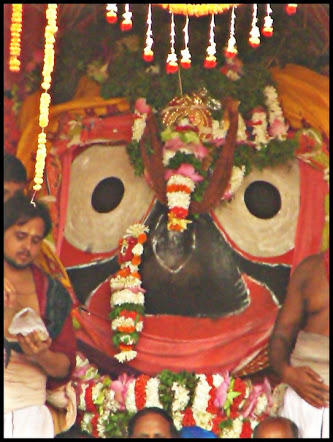
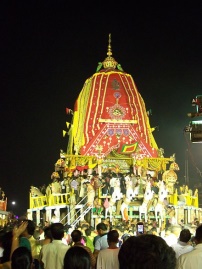
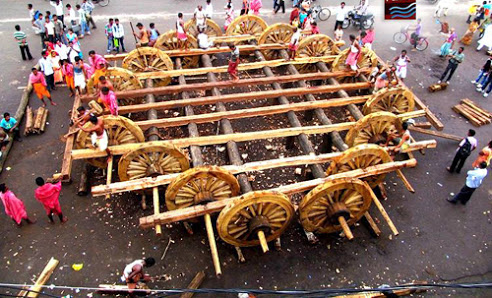
It is the largest chariot festival in India. In this festival, the Gajapati King wears the dress of a sweeper. The king sweeps the roads before the chariots with a gold-handled broom and sprinkles sandalwood water on the way. This tradition is known as Chera Pahara (sweeping with water). This is performed on the first day of the Rath Yatra and on the last day when the deities are traditionally welcomed back to the Shri Mandir.
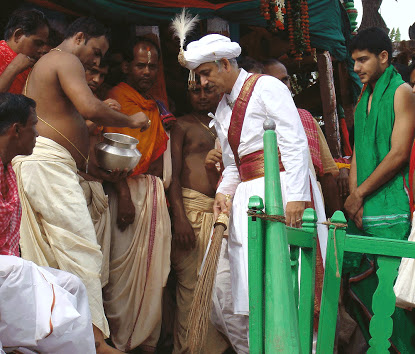
Thousands of people gather in this nine day festival at Puri. The huge chariots are pulled by the devotees. The people from lower caste and the foreigners who are not allowed in the premises of the Shri Mandir get this opportunity to have a glimpse of the Lord. This festival has been started in almost all the cities of India. There are small processions that mark the beginning of this festival in rest of India. On their way back to the temple, the three deities are offered Poda Pitha, a kind of baked cake. It is sacred and distributed as Prasad to the devotees.
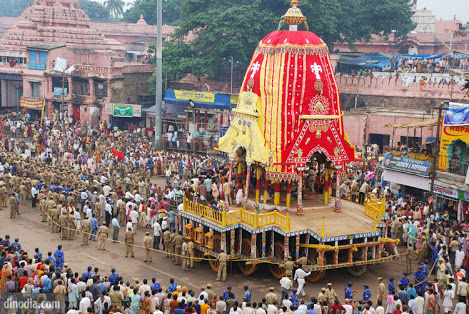
The Ratha Jatra festival is a common sight in many of the foreign countries. The ISCKON Hare Krishna movement has promoted this festival in more than 100 cities. This chariot festival is celebrated with huge procession and devotion. The cities such as New York, London, Dublin, Paris, Toronto and many others have been a part of this celebration every year. Indian residing overseas and the foreigners who are members of the ISKCON Hare Krishna movement celebrate this festival with pomp and glory.
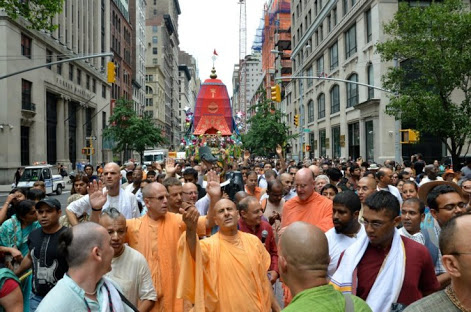
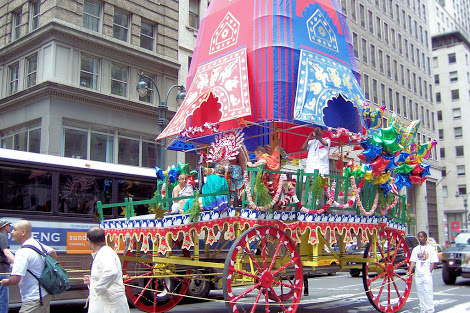
Wish you a very happy Ratha Yatra. Welcome the Lord and seek his blessings.
